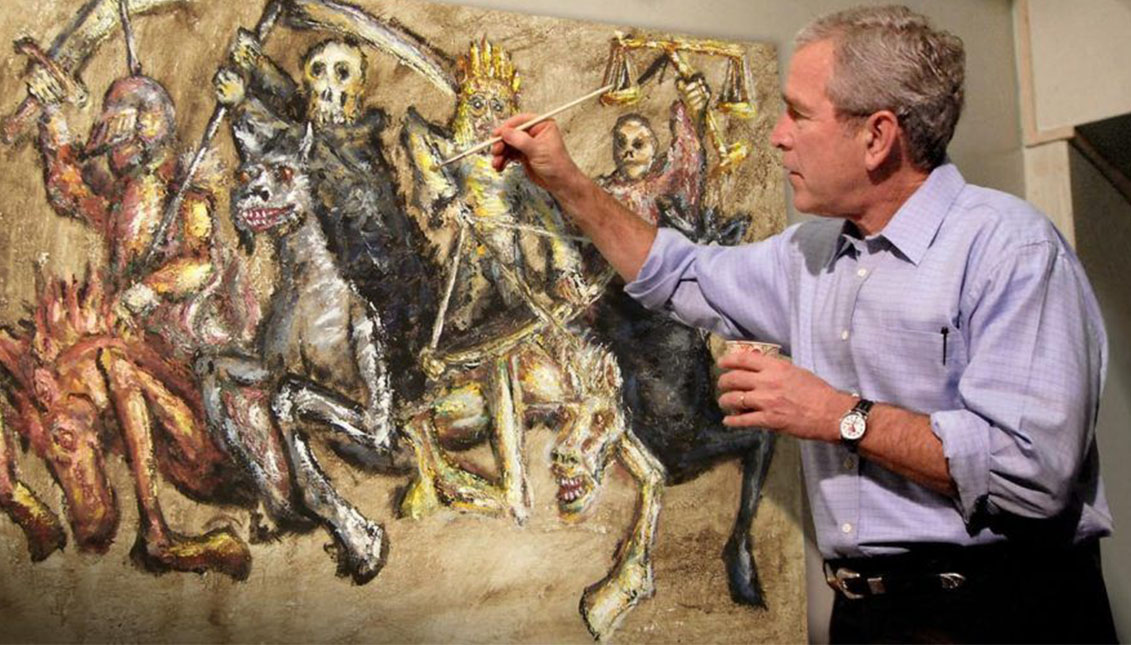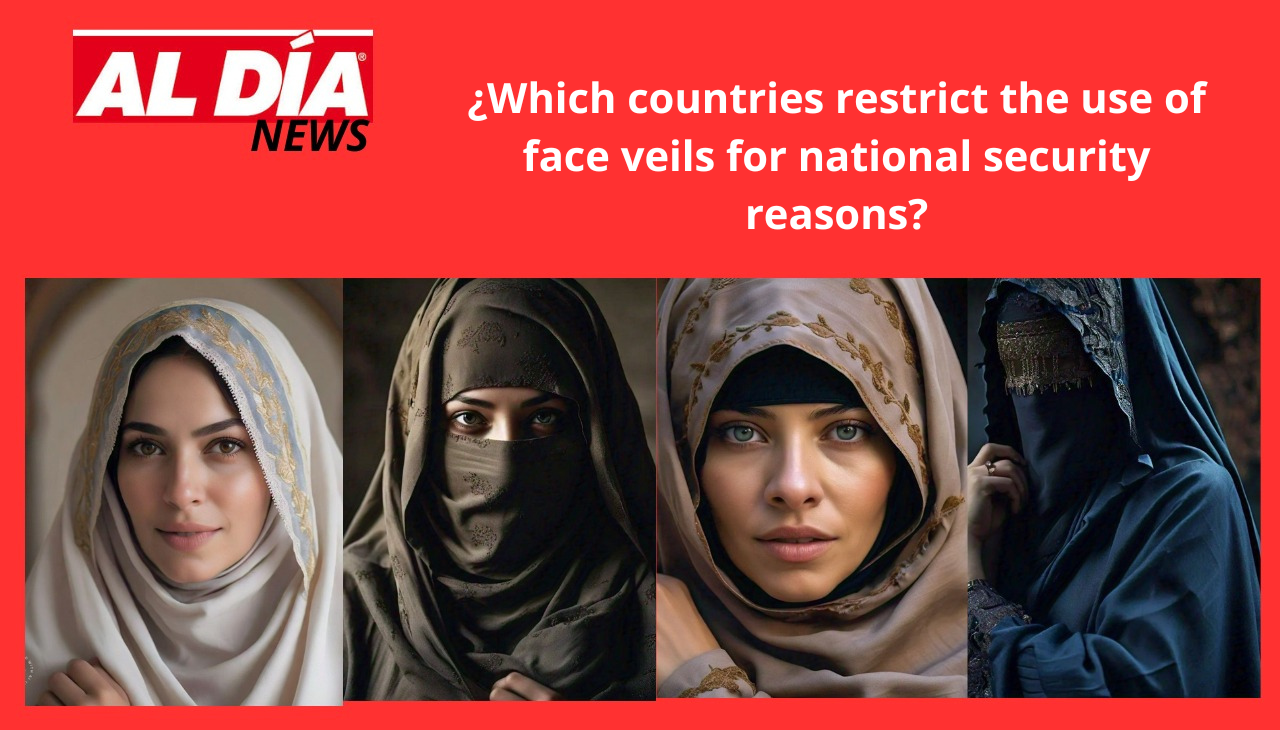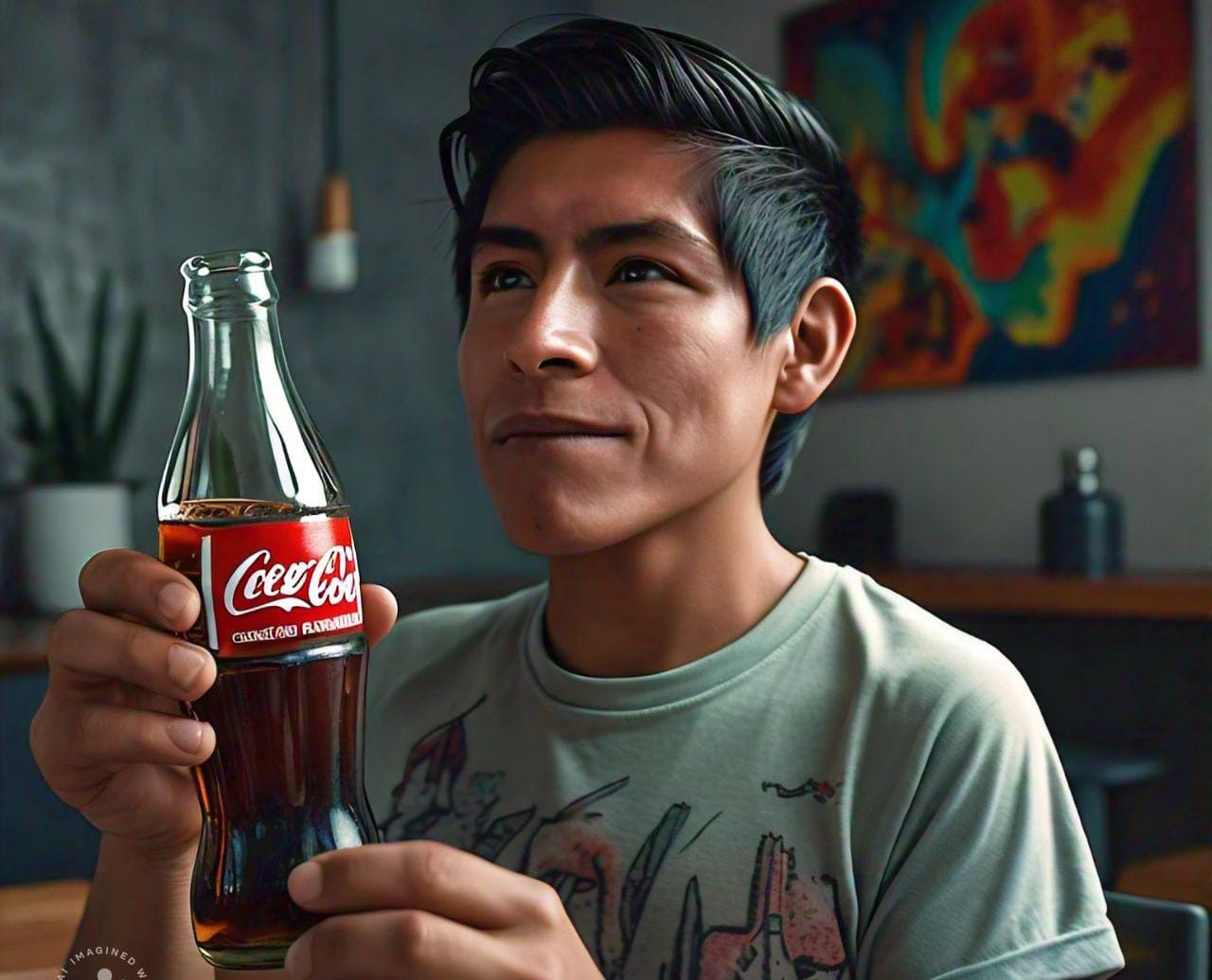
Op-ed: Does George W. Bush believe in karma?
The former U.S. president recently published Out of Many, One: Portraits of America's Immigrants, his third book of portraits. Can art redeem him?
The first canvas George W. Bush painted when he left office as president in 2009 was a cube that "wasn't exactly square," he told Fox News' Dana Perino.
He had been reading British Prime Minister Winston Churchill's book Painting as pastime about his passion for painting and said to himself, very much in Texas parlance, "If that old man could paint, so can I."
Then he downloaded an app on his iPad to draw stick figures, his wife, Laura, explained, and when he was on the road he would draw himself on a podium giving speeches. That's how he began to think he might become a painter.
He takes classes, reads books on art history and studies the technique of the great masters, while in an increasingly less discreet way he tries to stir up political debate, he says to help "heal" the country - from wounds for which he has his share of historical responsibility. Could it be that he also believes in the law of karma?
After portraits of world leaders and later war veterans, Bush's third book of paintings and vignettes, Out of Many, One: Portraits of America's Immigrants, collects 43 portraits of immigrants and their inspiring stories. Though most of them, wrote Sarah Jones in a knife-sharp article for NY Magazine, are "well-known, wealthy or established in some way, as if the American dream required an MBA".
Jones gives as an example one of Bush's "muses", former Secretary of State Henry Kissinger, who despite being awarded the Nobel Peace Prize for the famous 1973 Paris Agreement that the US signed with the Vietnamese authorities settling a long and bloody war, was involved in the bombings of Laos and Cambodia that killed hundreds of thousands of civilians.
"Amnesia," wrote Sarah Jones, "is as good for Bush as it is for Kissinger."
The Bush administration's offensives in Iraq and Afghanistan in the wake of 9/11 and its 'war on terror' and 'axis of evil' campaign were also a death-spree whose legacy has been carried on by others.
Guantanamo is still in place and the complete withdrawal of troops from Afghanistan will not take place until 11 September, as announced by President Biden. This is a mistake for Bush, as he said in an interview with NBC, where he lamented the fate of the poor girls and women in the hands of the Taliban.
RELATED CONTENT
But what does all this have to do with art and immigration?
Since Joe Biden arrived at the White House, he has been quick to deliver on his campaign promises to reverse the disastrous effects of Trump's immigration policy, confronting both Republicans who accuse him of pushing the country into an unprecedented immigration crisis and his own party, which calls his measures insufficient.
While Biden is now seen by many as the "migrant president," Bush has unexpectedly joined him with the publication of his book of paintings — or was it the other way around, did the paintings come into the debate?
But this is not a new speech for Bush. In 2019, and despite his lack of direct and frontal confrontation with Trump, he has already said that "in the midst of all the complications of politics, let us never forget that immigration is a blessing and a strength."
His brushes and his openness are seen by many analysts in the country as a way to restore his image and erase his political legacy so far related to both the invasion of Iraq and the terrorist threat. Is immigration a way out of projecting himself to the world as a villain?, they ask.
Gilles Deleuze once said: "Art is what resists: it resists death, servitude, infamy, shame."











LEAVE A COMMENT:
Join the discussion! Leave a comment.